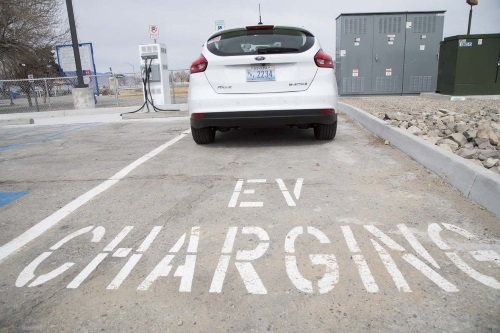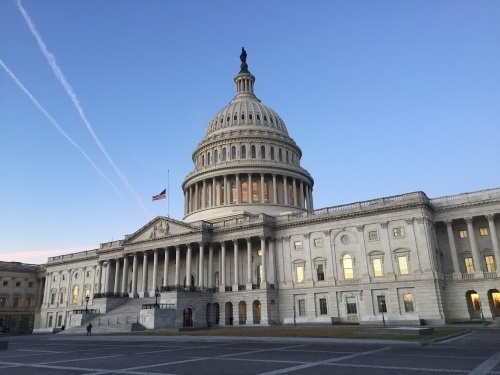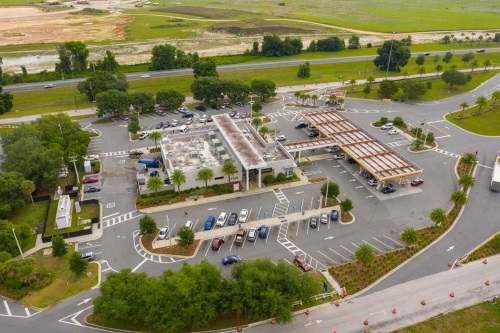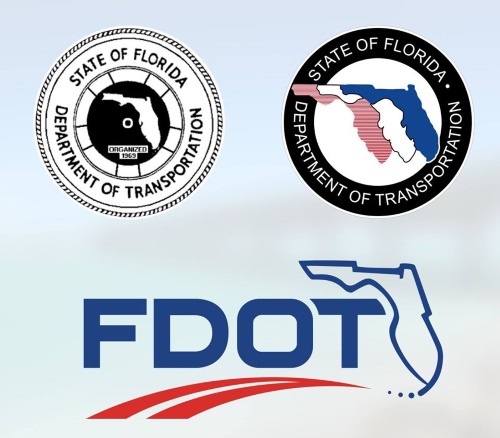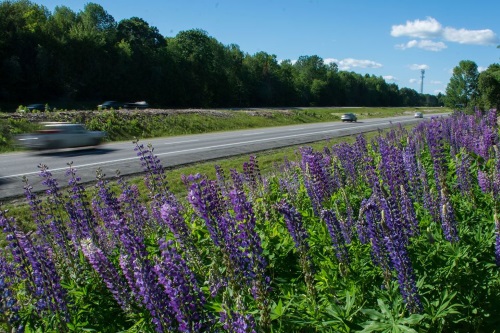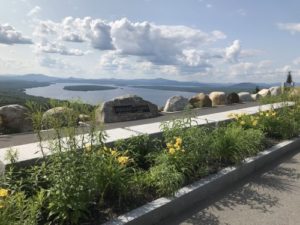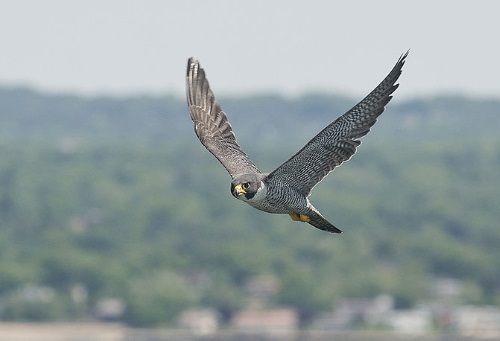Governor Steve Sisolak (D) announced a new initiative in mid-June that crafts new regulations to spur the broader adoption of more low- and zero-emission electric-powered passenger cars and trucks across Nevada beginning in 2024.
[Above photo courtesy of the Nevada DOT]
“Transportation is the number one source of greenhouse gases in Nevada, and therefore a top priority for addressing climate change statewide,” explained Bradley Crowell, director of the Nevada department of conservation and natural resources, in a statement.
“To move Nevada’s climate future forward, we must reduce pollution from the cars and trucks we drive as well as modernize our urban planning efforts through transit-oriented development and electrification of our transportation infrastructure,” he added. “Establishing Clean Car Standards will help address the harmful impacts of climate change stemming from vehicle tailpipe pollution, while simultaneously advancing a stronger, more resilient economy for Nevada.”
The Nevada Department of Transportation is already playing a role in reducing greenhouse gas (GHG) emissions across the state and will help with public outreach efforts in regards to the new Clean Car effort, noted Meg Ragonese, the agency’s public information officer.
“The Nevada Department of Transportation is partnering with the Nevada Department of Conservation and Natural Resources and Nevada Governor’s Office of Energy in efforts to reduce greenhouse gas emissions from the transportation sector,” she explained via email. “The Nevada DOT is also unveiling an internal working group to develop strategies and policies to reduce GHG emissions in our operations to meet state greenhouse gas reduction targets.”
The agency will also continue to develop further innovations to reduce greenhouse gas emissions through its internal working group, Ragonese added.
The Nevada DOT is already working to promote cleaner transportation throughout the state through several other initiatives as well.
For example, in both Las Vegas and Reno, the agency and utility provider NV Energy hosted guest drives of various electric vehicle brands to provide state residents an opportunity to get behind the wheel to learn more about electric vehicle technology and how it could make their personal transportation more sustainable and environmentally friendly.
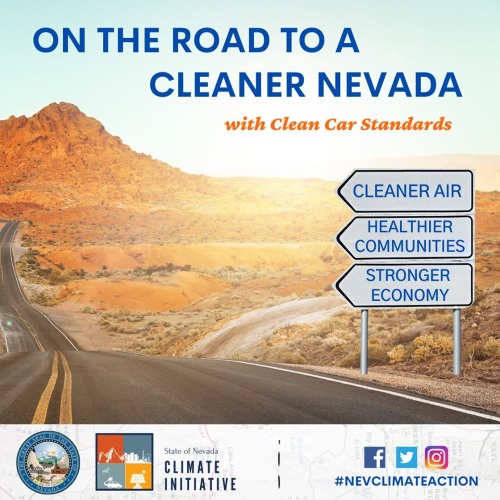
Nevada is also a part of the U.S. Climate Alliance and is therefore accelerating policies to reduce carbon and promote clean energy, with reducing transportation-related GHGs within the state a top priority. Consequently, the Nevada DOT said it is working closely with local government partners such as Washoe County to become one of the leading states pursuing a statewide Clean Cities designation through the U.S. Department of Energy.
Concurrently, the agency is part of the Nevada Electric Highway effort that seeks to link the state with utility and private partners to expand Nevada’s electric vehicle infrastructure at strategic locations along state highways. The Nevada DOT noted it is working to reduce “range anxiety” among motorists by establishing more re-charging stations to ensure electric and hybrid vehicles have enough power to safely reach their destinations.
Ultimately, the Nevada DOT said those efforts are part of a statewide push to keep Nevada “at the forefront” of national policy development and coordination to ensure that all emerging transportation technologies, including reduction of GHGs via vehicles, can be integrated effectively and to the best advantage of the state.

